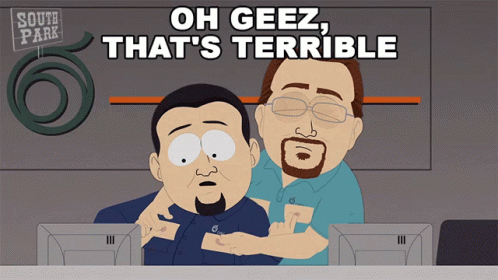Hey G, from queries sent to Eley and Lapua, the replies indicate
the better 22lr cartridges are manufactured, then tested, in order
to determine the quality of the that particular batch before boxing and labeling.
Each individual run/batch has a portion of the cartridges sent through the test barrels
to verify whether or not the sample meets the necessary criteria.
The testing likely is based on standard statistical sampling,
used in most manufacturing processes to meet the desired level of quality.
Testing sample sizes are based on the level of confidence needed in the test results.
Confidence levels can be inserted into an equation, and the sample size needed to test
is calculated based on the number of items in the batch.
So do you want an 80% level of confidence that the testing is accurate? 90? 95? 99%?
The higher the level of confidence you want, the larger the sample size required.
The more cartridges tested, the greater the expense, where do you balance it?
That would be the proprietary information being hidden.
Anyone can fire ammunition and record results. Not difficult.
Computer tracking transfers data to a spreadsheet and the numbers crunched.
Do the resulting numbers say X-Act, Midas+ or CenterX? Tenex, Match or Team?
For a metric, based on my 200 yard 50 shot groups, 4 inches of spread is about as good as I get.
At 100 yards that'd be 1.3 inches of spread and at 50 yards expect 0.4 inches center to center.
Add 0.2 inches and you get 0.6 inches outside to outside for 50 shots.
That works out to about 16 mm of spread, outside to outside, for the best cartridges.
So the best cartridges would test out with a 16 mm aggregate spread at 50 yards/meters.
Call it 18 mm for second best and 20 mm of spread for third best. Maybe.
This is where the acceptable defect rate sneaks in.

How many strays or fliers are allowed per hundred?
That's where quality control gets sticky. You know due to the method of manufacture
and components used, there's going to be some defects.
How many and how bad, is the worry.
The Acceptable Quality Level is a statistical tool to inspect a particular sample size for a given lot and set maximum number of acceptable defects. In order words, it is the worst tolerable process average when a continuing series of lots is submitted for acceptance sampling. The AQL has been...

www.whatissixsigma.net


.png?width=590&height=370&fit=bounds)
